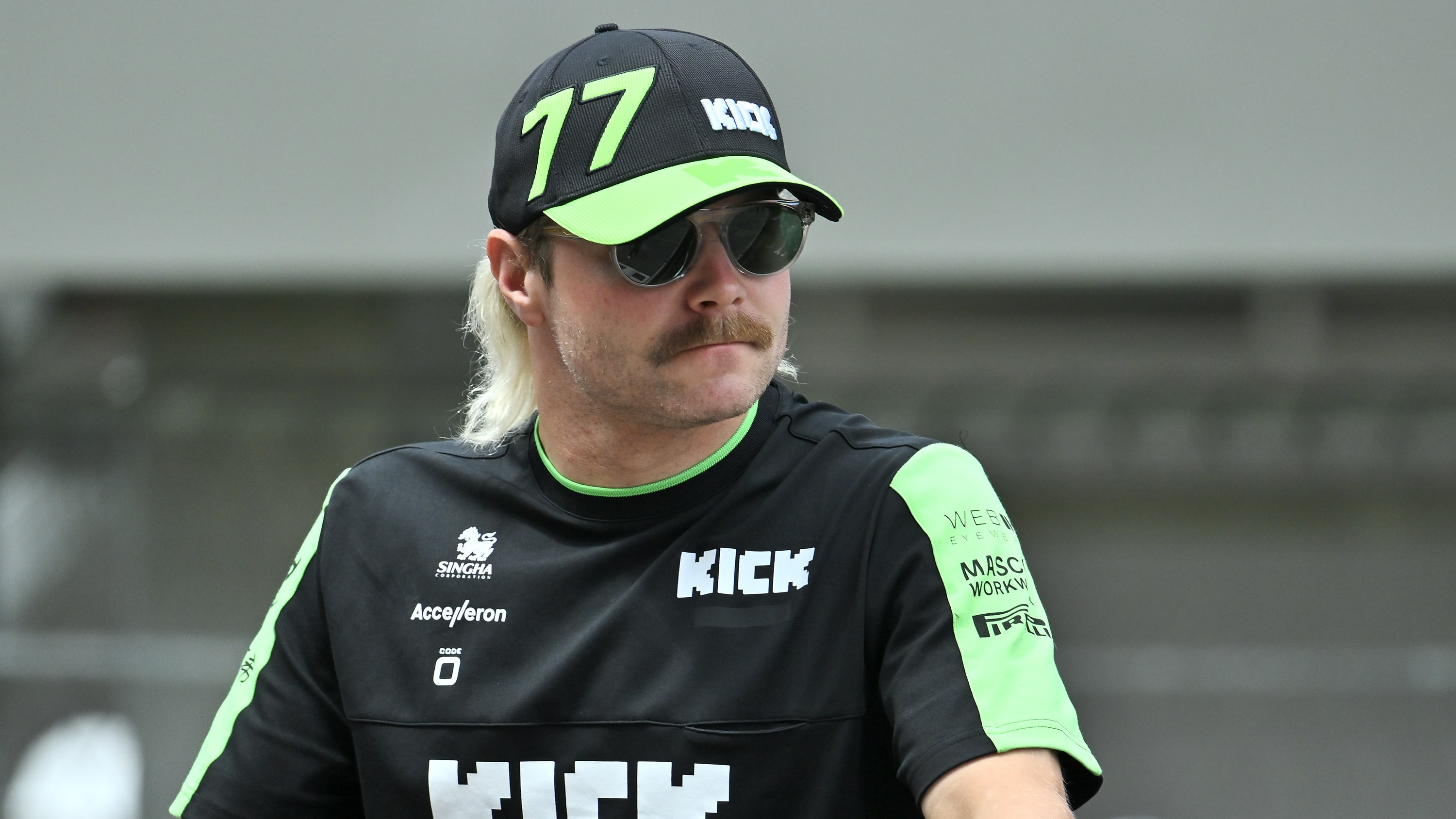The Evolution of the Nissan Skyline: The Legend
The legendary evolution of the Nissan Skyline, from humble beginnings to iconic supercar status in this in-depth journey.
More Images On Our Facebook Page and Instagram Page. Join Our Car Community Today!
How the Skyline Story Began
When we talk about automotive royalty, few names stir up as much excitement and nostalgia as the Nissan Skyline. Its roots trace back to 1957, long before it became the performance icon we know today. Originally produced by Prince Motor Company, the Skyline started as a modest four-door sedan with no intentions of becoming a motorsport legend.
The early models, like the ALSI-1, were more about elegant transportation than raw speed. But the real turning point came when Prince merged with Nissan in 1966. This partnership set the wheels in motion—literally and figuratively—for what would become one of the most celebrated automotive dynasties ever.
Enter the GT-R: The Game Changer
Fast forward to 1969, and here comes the Skyline 2000 GT-R (PGC10), nicknamed "Hakosuka" (a mashup of "box" and "Skyline" in Japanese). This was no longer your average family saloon. Under the bonnet sat the S20 engine, a 2.0L inline-six DOHC engine derived from Nissan's racing technology, delivering around 160bhp.
Suddenly, the Skyline wasn't just part of the conversation—it was the conversation. It was tearing up circuits, dominating touring car championships, and putting Japanese performance engineering on the map. The car's success in motorsport laid the groundwork for a cult following that would only grow stronger with time.
The Turbocharged ‘80s: R30 and R31
The 1980s saw the Skyline adopt turbocharging with enthusiasm. The R30 and R31 generations weren’t as glamorous as their successors, but they were crucial developmental steps. Nissan introduced the FJ20 and later the RB series of engines during this era, which set the stage for future greatness.
The Skyline RS-Turbo was a highlight, especially the DR30, which found favour with tuners and racers thanks to its potent powertrain and aggressive styling. The ‘80s were about experimentation and technology development, and the Skyline soaked it all in like a sponge.
The Godzilla Era: R32, R33, and R34
Ask any JDM fan to name a car that defines the term, and you’ll probably hear “R34 GT-R” within seconds. But the beastly legacy actually began with the R32 GT-R in 1989. This was the car that earned the nickname "Godzilla" from the Australian press, because it was a Japanese monster dominating local motorsport.
The R32 GT-R was a marvel: the RB26DETT engine, a twin-turbocharged 2.6L straight-six, paired with the now-famous ATTESA E-TS all-wheel drive system and Super-HICAS four-wheel steering. It was advanced, powerful, and brutally efficient.
The R33 followed in 1995. It was heavier and more refined but kept the RB26 heart and technological prowess. While some criticized its weight gain, the R33 proved itself on tracks like the Nürburgring, setting impressive lap times.
And then came the R34 in 1999—a car that blended raw performance with everyday usability. The R34 introduced a digital multifunction display and enhanced aerodynamics, making it a hit both on the streets and in video games like Gran Turismo and Fast & Furious films. This solidified its global superstar status.
The Global Supercar: R35 GT-R
While technically no longer a Skyline, the R35 GT-R—launched in 2007—carried forward the performance torch under Nissan's GT-R sub-brand. The R35 ditched the Skyline badge but not the spirit. It was faster, more refined, and boasted a twin-turbo V6 with supercar-shaming performance figures.
The R35 introduced a new era of Japanese engineering dominance. With launch control, dual-clutch gearbox, and advanced aerodynamics, it could punch well above its price tag. Over the years, the R35 has seen several updates, each improving power, tech, and drivability.
A Collector’s Dream and a Cultural Icon
Today, older Skylines—especially the GT-R variants—have become hot property for collectors. With models like the R34 finally becoming legal to import into the US under the 25-year rule, demand has surged. The Skyline is no longer just a car; it’s a statement, a rolling piece of automotive history.
From manga to movies, from garage builds to racetracks, the Nissan Skyline remains an icon of speed, engineering, and design. Its story isn't just about horsepower—it's about a community that spans generations and continents.
What's Next for the Skyline?
Nissan Skyline GTR R36 - Concept or Reality?. As of now, the Skyline name continues in Japan on a luxury sedan platform (the V37, which shares DNA with the Infiniti Q50), but enthusiasts still hope for a revival of the pure-bred GT-R spirit under the Skyline nameplate. With Nissan pushing EVs and hybrids, the next chapter might be electric—but one can only hope it retains the adrenaline and soul of its predecessors.
The Skyline’s legacy proves one thing: true icons never fade. They just evolve.Check out more by browsing our site we have car builds of all kinds from all over the world remember Stance Auto Magazine is the no1 place for cars.
Call to Action
Do you have a build story like this one? Share your journey with Stance Auto Magazine and inspire our car community. Submit your car story today!

Order Your Car Magazines From Our Amazon Book Store
Get Noticed Use our Hashtags - #stanceauto #stanceautomag #stanceautomagazine #modifiedcarmagazine
 Like
0
Like
0
 Dislike
0
Dislike
0
 Love
0
Love
0
 Funny
0
Funny
0
 Angry
0
Angry
0
 Sad
0
Sad
0
 Wow
0
Wow
0

























































































.png)












![[HOONIGAN] Ken Block's GYMKHANA NINE](https://img.youtube.com/vi/_bkX5VkZg8U/maxresdefault.jpg)









































































































































